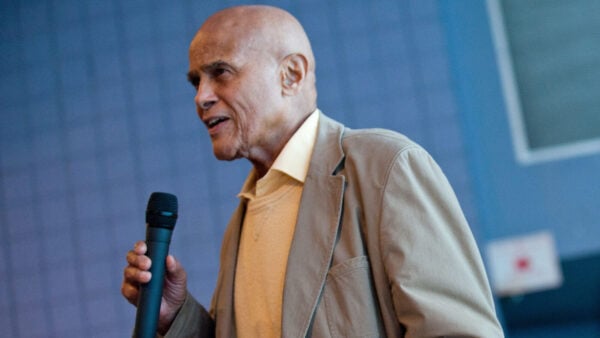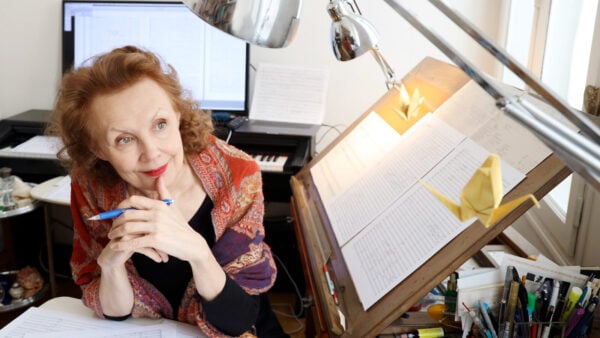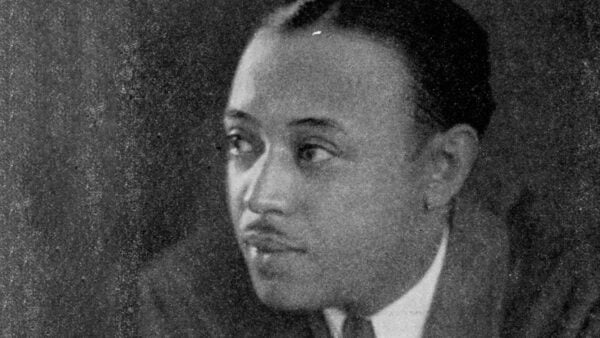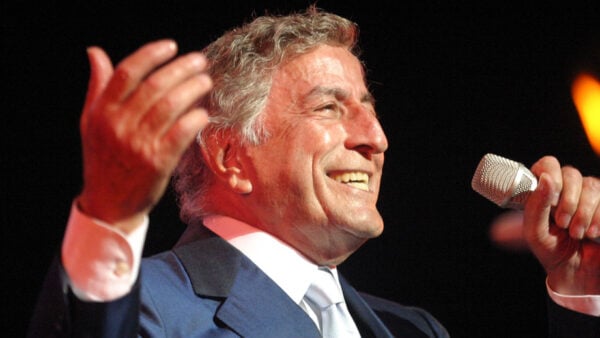
Composer Giovanni Pierluigi da Palestrina is often credited with “saving” Italian Renaissance liturgical music.
Italian Renaissance composer Giovanni Pierluigi da Palestrina might not be the first person that comes to mind at the mention of the word “savior.” Still, some refer to him as the “Savior of Church Music,” due in large part to his most famous work, Missa Papae Marcelli.
And while calling Palestrina a savior seems like a stretch, it may hold some truth. Around the time Missa Papae Marcelli was written — the date itself a point of debate that sits between 1561 and 1562 — the Roman Catholic Church was in the midst of crisis, reacting to the divide the Protestant Reformation had created in Western Christianity.

A depiction of the Council of Trent by Pasquale Cati.
The Council of Trent, held in Bologna, Italy from 1545-1563, formalized many of the modern Catholic Church’s rituals and political stances, beginning a period of revival efforts now known as the Counter-Reformation. These efforts included musical reforms as well, with the Council of Trent speaking out against liturgical music practices they saw as sacrilegious.
A section of decrees titled “Abuses in the Sacrifice of the Mass,” written in 1562, reads: “In those Masses where measured music and organ are customary, nothing profane should be intermingled, but only hymns and divine praises.” This regulation was a response to composers adapting secular music into religious music.
Many of these “profane” adaptations were pieces of polyphonic music, meaning they contained multiple lines of independent melody. Composers would often create new lines of melody around a secular cantus firmus, or fixed song, and swap out the original text — which sometimes touched on such worldly pleasures as drinking and erotic love — for sacred ones.
Moreover, composing ornate liturgical music was considered sinful during the Counter-Reformation. As musicologist Richard Taruskin writes in The Oxford History of Western Music, “Such music, in its preoccupation with its own beauty of form, exemplified the sin of pride, and interfered with the intelligibility of the sacred texts to which it was meant to be subordinate.”
Legend has it, though there’s little proof, that Palestrina’s Missa Papae Marcelli prevented church officials from banning polyphonic music altogether. Allegedly, before whispers of a ban could turn into policy, Palestrina’s mass — which stood out because it obeyed the Council of Trent’s rules on liturgical music — pleased council delegates so much that they changed their minds. Unlike other 16th-century works the Church frowned upon, Missa Papae Marcelli is homorhythmic, meaning that the vocal parts sing in essentially the same rhythm. Palestrina, in writing Missa Papae Marcelli this way, brought the music’s sacred text front and center.
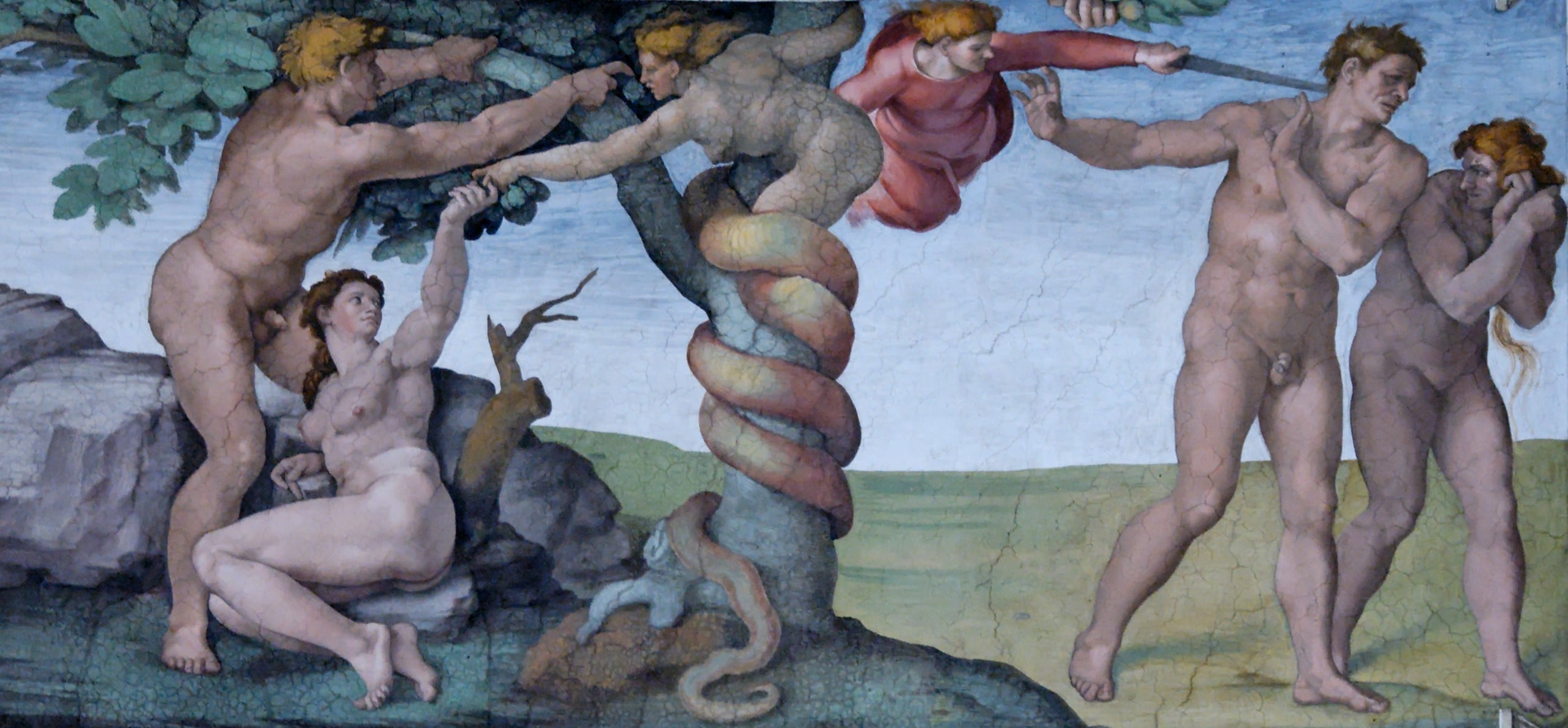
Palestrina, as papal composer, had some of his works performed in the Sistine Chapel.
In a preface to “Two settings of Palestrina’s Missa Papae Marcelli,” a score edited by Hermann J. Busch, the scholar writes, “… the Missa Papae Marcelli stands in such isolation as to constitute virtually a single style in itself […] It is this possibly unique character of the Missa Papae Marcelli, along with its somewhat inexplicable title, which has given rise to the seemingly endless chain of speculations bearing upon the work’s possible relationship to the edicts of the reform-minded Council of Trent.” Missa Papae Marcelli‘s “somewhat inexplicable title” refers to Pope Marcellus II, who served a brief, three-week appointment before his death and was a champion of the Counter-Reformation’s values.
Still, some music historians, such as Irving Godt, maintain that the mass’ attributes were incidental. In his essay “A New Look at Palestrina’s Missa Papae Marcelli,” Godt asks, “If we grant the consistencies of sixteenth-century style in general, and the uniformity of Palestrina’s style in particular, how can we, without confirming external evidence, reasonably attribute perceived resemblances to the compositional process, rather than to the workings of chance?”
Whether you think Missa Papae Marcelli “saved church music” or didn’t, enjoy this recording by the Tallis Scholars below.
And if you found the Tallis Scholars’ take on Palestrina’s mass particularly heavenly, read this interview with conductor and founder Peter Phillips, in which he talks about how the group achieves its distinctive sound.

